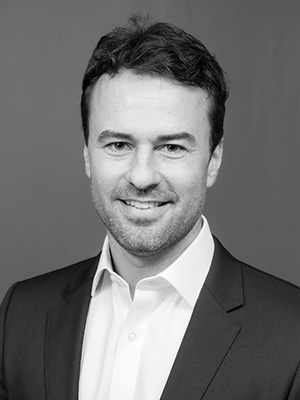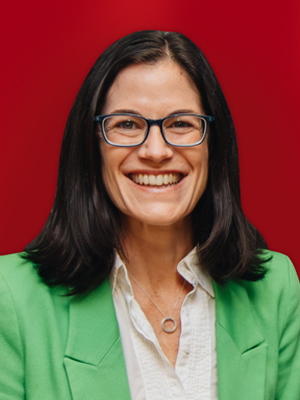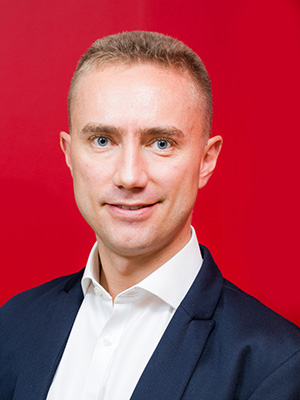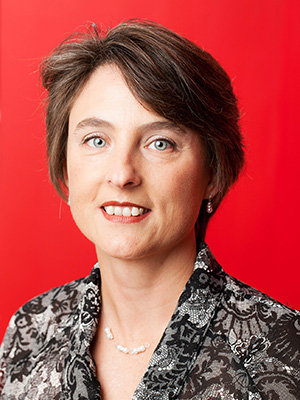
01 Sep SA shares should not be the bedrock of a portfolio
As published in Citywire on 1 Sept, 2021 by Pieter Hundersmarck
To be positive on the JSE All Share index you need to be positive on mining, negative on the rand (as a strong rand hurts miners’ profits) and positive on a beer company, a tobacco business, a luxury jeweller and the management skills of Bob van Dijk and his management team at Naspers.
To put this in context: the market cap of the JSE as of the first week of August is about R16.6tn. Of this, R5tn– nearly 31% – consists of commodity stocks like Glencore, platinum and gold miners, and the likes of Sasol, Mondi, Sappi and Arcelor Mittal. Another R7tn or so – nearly 44% – can be ascribed to four companies: Anheuser Busch-Inbev, British American Tobacco, Richemont and the Naspers/Prosus holding companies.
All told, 75% of the capitalisation of the JSE consists of commodity stocks and four companies: a large indebted beer company, an embattled tobacco company, a jeweller and a holding company that owns a Chinese internet asset. That means these shares, making up three-quarters of the stock market, will drive the lion’s share of the returns generated by the JSE.
Discounted?
Looking at valuations on the JSE at the moment, some question whether the market is so beaten down that its constituents deserve a bit of outperformance. The argument put forward is that the MSCI South Africa index is trading at a larger than normal discount to both the MSCI World and MSCI Emerging Markets indices. This should return to a ‘normal’ discount, which would require a rerating.
But who is to say what the discount should be? Perhaps the larger discount at which South Africa currently trades to global indices is deserved and can be ascribed to the market correctly doing its job of discounting the higher risk of South African assets. If so, this would imply the discount is appropriate and not likely to revert to where it was previously.
There are many reasons this could be true. South Africa’s political risk premium is high. The effects of the looting during the Jacob Zuma era are only now beginning to make themselves apparent through social unrest, as recent riots in KZN and Gauteng demonstrate. We have a dwindling tax base, which is mostly funded by 10% of South African citizens. And we have unworkable employment policies and a rapidly deteriorating fiscal condition.
What’s in the price?
But none of this is contentious or unknown. It is also in the past, and markets are forward-looking. So, let’s look forward.
There are usually two rebuttals to this argument. The first is that ‘things change – don’t anchor off the past’. The second is that ‘everything has a price – even a precarious country like South Africa (or Brazil or India) – and that price is currently too low’.
Regarding the first point, South Africa is not in good health. Will things change in a country where an expropriation bill is on the horizon, a National Health Insurance is being seriously discussed and the ruling party is committed to stocking the public service with cadres? And – most importantly – our education system is failing to provide the skills needed for a competitive country in ten or even twenty years’ time.
Regarding the second point, these things – property rights, healthcare, education – are the backbone of a nation. Their quality determines a country’s riskiness versus other nations, and hence the price of its assets. It’s not hard to reason that the discount to other markets will not change materially going forward and that the current ‘discounted’ price is the right price for South African assets.
The global opportunity
This brings me back to the investable universe on the JSE. Outside of the 75% of the JSE that consists of commodity companies and four global companies, the other 25% is a mixed bag broadly exposed to the domestic economy.
This points to the undeniable fact that the investment universe for South Africans is already global, not local. The bulk of JSE capitalisation consists of investment choices that can be replicated and surpassed by investing globally.
And what of the other 25% of the index? These can certainly be dipped in and out of – in other words, tactical plays rather than relying on them to be the bedrock of a portfolio. For example, in our global funds, we have taken contrarian stances on two local shares in South Africa – Hyprop and Wilson Bayley Homes.
But the key is that these are part of a properly diversified global portfolio. We treat South Africa the same way we treat Indian and Brazilian assets.
Assuming that the undeniable negatives of investing on the JSE will somehow become positive cannot be the case for any investor. It is a contrarian, risky stance. The truth is that if I presented this investment case to you in today’s climate, you would – logically – demand a high return. A high return implies a risky bet, and risky bets should certainly never dominate an investment portfolio.
About Pieter Hundersmarck:
Pieter is a fund manager and member of Flagship’s global investments team.
Pieter has been investing internationally for over 13 years. Prior to Flagship, he worked at Coronation Fund Managers for 10 years in the Global and Global Emerging Markets teams, and also co-managed a global equities boutique at Old Mutual Investment Group. Pieter holds a BCom (Economics) from Stellenbosch University and an MSc Finance from Nyenrode Universiteit in the Netherlands.



















